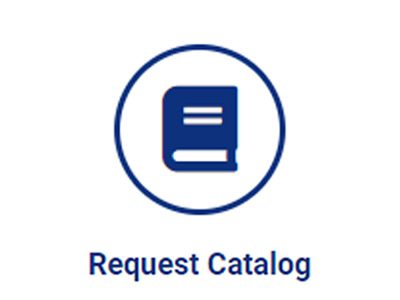“Review of Combustion – Coulometric CO2 Detection Method for Direct Determination of Carbon on Metal Surfaces” Technical paper presented at AFP/SME – Surface Conditioning and Coating: Today and Tomorrow. March 1981.
King, Arthur E.
ABSTRACT
The method proposed in 1979 for direct determination of carbon on steel and other metal surfaces has been tested and used routinely by several laboratories. The experiences of these laboratories and additional work to demonstrate the validity of the method are discussed. The method uses an oxygen atmosphere at ≤580˚C to oxidize organic and elemental carbon from metal surfaces. CO2 formed during the oxidation of samples is detected coulometrically. Carbon within steel samples is not oxidized. The accuracy of the technique is ±0.02 mg C/ft2 (0.2 mg C/m2). The direct oxidation method is faster and easier to use than indirect methods and gives more accurate results.
INTRODUCTION
The dependence of surface coating quality on surface cleanliness has been demonstrated by a number of investigators (1) (2) (3). It has been shown that carbon containing surface contaminants cause voids and defects in phosphate pretreatment layers for steel coils (4). The changed morphology and surface coverage of the zinc phosphate plating results in premature failure of protective surface coatings (5). Determination of surface carbon contamination has become a standard industry practice since a number of studies have confirmed the correlation between surface carbon and corrosion resistance as measured by salt fod tests (4) (6). The carbon containing contaminants may be from a number of sources including rolling oils and amorphous or graphitic carbon deposited by pyrolysis during annealing.
Prior to this time the only widely accepted method for determination of carbon in surface contaminants has been to swab samples with a hydrochloric acid (HCl) solution and determine the amount of carbon transferred onto the swab (4) (7) (8).
In 1978 a new method for determination of surface carbon was proposed in an attempt to simplify the analysis so that it would be easier to use for quality assurance testing of materials (9). Other goals of the new method are to reduce analysis times and to increase the accuracy and reliability of the test. This method involves the direct oxidation of surface carbon to CO2 followed by coulometric detection. Several laboratories are now using the direct oxidation method and this paper reports their experiences and results of additional work to demonstrate the validity of the method. Also included are references to similar work which were previously overlooked and add to the data supporting direct oxidation methods (10) (11) (12).




